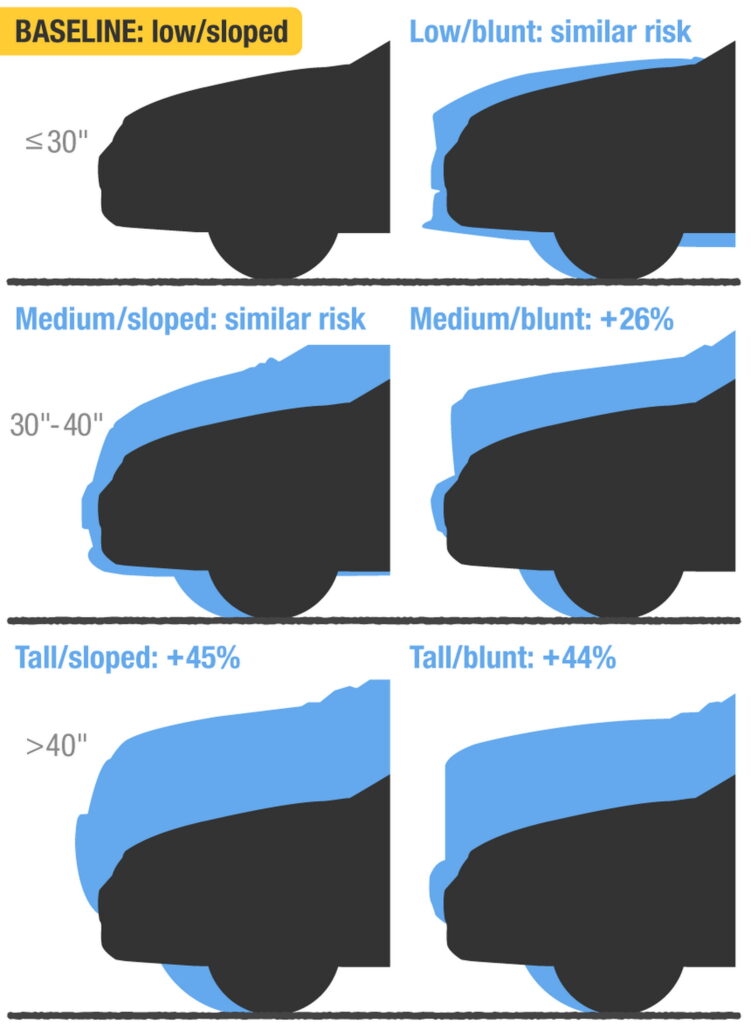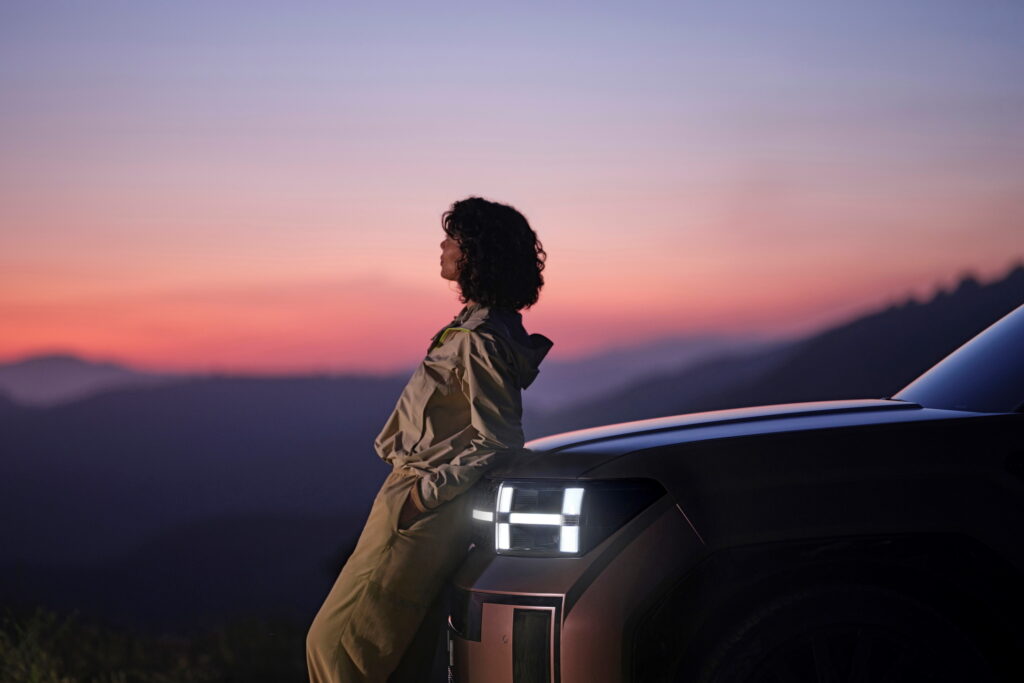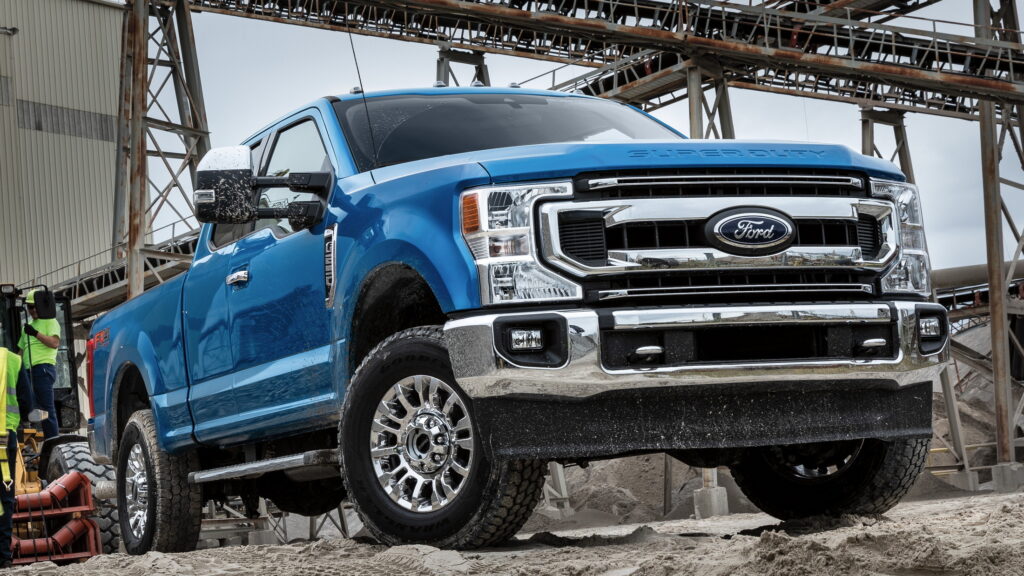Boxy design has taken over the automotive world, with many automakers introducing vehicles with more squared-off proportions. Unfortunately, that trend may be making the problem of pedestrian safety on America’s roads even worse.
In a new study, the Insurance Institute for Highway Safety (IIHS) finds that vehicles with blunt front ends and flat hoods are more dangerous for pedestrians than ones with angled front ends and sloped hoods.
“Some of today’s vehicles are pretty intimidating when you’re passing in front of them in a crosswalk,” IIHS President David Harkey said. “These results tell us our instincts are correct: More aggressive-looking vehicles can indeed do more harm.”
Read: Hyundai And Jeep Want To Make Boxy Designs Cool Again Because SUVs Aren’t Really Sporty

The institute looked at data from nearly 18,000 crashes in the U.S. that involved a single vehicle and a single pedestrian. It then used VIN information to identify the vehicle, and correct for things like pedestrian automatic emergency braking systems, in addition to speed, age, and the gender of the struck person.
It determined that in medium-sized vehicles with a hood height of 30–40 inches, those with a blunt front end were about 26 percent more likely to cause a pedestrian fatality than those with a sloped front end.
The IIHS says that it also looked at other vehicle characteristics, like the angle of the windshield and the length of the hood, and found that the slope of the hood had the biggest impact on pedestrian safety. However, the height of the leading edge of the hood is also a major concern.
Vehicles with a hood that is 40 inches off the ground are around 45 percent more likely to kill a pedestrian in an accident than ones with a hood that is 30 inches or lower, regardless of whether they are boxy or not.
However, for medium-height and shorter models, the boxiness of the hood can have a big impact on pedestrian safety. By looking at more detailed data, the IIHS determined that walkers roll onto the hood of a vehicle with a slanted hood, whereas they are knocked forward by boxy ones, leading to more head injuries, and more fatal danger.
That’s a particular concern for Americans, who are surrounded by larger and larger cars. Over the last 30 years, the average U.S. vehicle has grown by four inches in width, 10 inches in length, eight inches in height, and 1,000 lbs (454 kg) in weight.
“It’s clear that the increasing size of the vehicles in the U.S. fleet is costing pedestrians their lives,” Harkey said. “We encourage automakers to consider these findings and take a hard look at the height and shape of their SUVs and pickups.”









